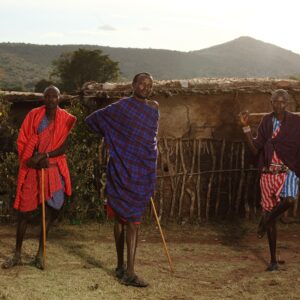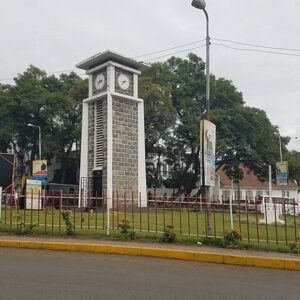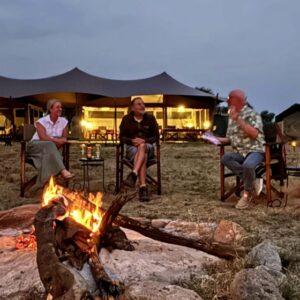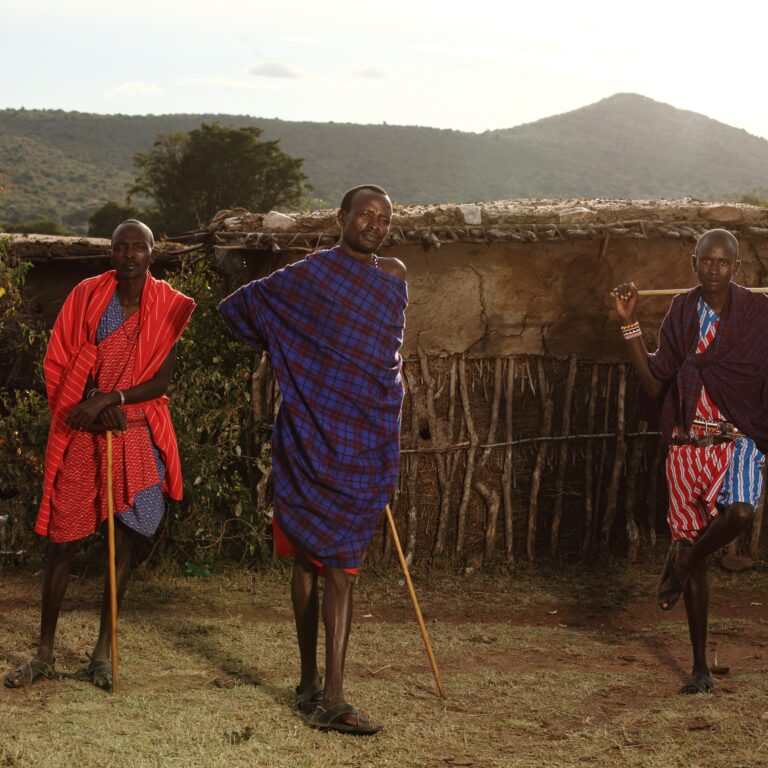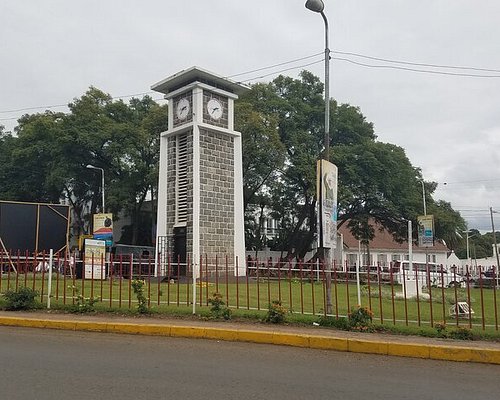Scaling the Digital Divide: Kilimanjaro Connects to the World with High-Speed Internet. For centuries, Mount Kilimanjaro has stood as a majestic sentinel, its snow-capped peak a silent giant overlooking the Tanzanian plains. A beacon for adventurers, a sacred space for local communities, and a breathtaking spectacle of nature, it has long represented a world apart, a realm where the only connections that truly mattered were those forged with the mountain itself, with fellow climbers, and with the raw beauty of the African wilderness.
But times, as they always do, are changing. The winds of technological advancement, once seemingly held at bay by the sheer altitude and rugged terrain. Have now reached the Roof of Africa. Kilimanjaro, in a groundbreaking move, has embraced the digital age. Ushering in an era of high-speed internet connectivity that stretches from its verdant foothills to the dizzying heights of Uhuru Peak. This monumental leap promises to redefine the climbing experience, offering unprecedented opportunities for safety, Communication, and even the sharing of that coveted summit selfie in real-time.
The journey to connect Kilimanjaro has been a significant undertaking. A testament to human ingenuity and the relentless march of progress. The Tanzania Telecommunications Corporation (TTCL), in collaboration with technology partners. Embarked on the ambitious project of installing the necessary infrastructure across the mountain’s diverse altitudes and challenging environments. Towers were erected, fiber optic cables laid, and relay stations strategically positioned to ensure a strong and reliable signal. Powered in many instances by sustainable solar energy.
The initial phases saw connectivity established at key rest huts along popular climbing routes. Such as Mandara, Horombo, and Kibo, providing climbers with a welcome link to the outside world during their ascent. This early access proved invaluable, allowing for easier communication with loved ones, access to up-to-date weather forecasts, and the ability to share the unfolding adventure with a global audience.
The culmination of this ambitious project arrived with the official launch of high-speed internet services at Uhuru Peak. The very summit of Kilimanjaro stands proudly at 5,895 meters (19,341 feet) above sea level. This historic moment marked a new chapter in the mountain’s story. Transforming it from a place of relative digital isolation to a connected peak, joining the ranks of other iconic mountains like Everest that have embraced modern connectivity. The implications of high-speed internet reaching the summit of Kilimanjaro are far-reaching, impacting various aspects of the climbing experience and beyond.
Enhanced Safety and Communication
One of the most significant benefits of this newfound connectivity is the potential for enhanced safety. Climbers and guides now have a more reliable means of communication in case of emergencies. Real-time weather updates can be accessed. Allowing for better preparedness and potentially avoiding hazardous conditions. In situations requiring assistance, the ability to quickly connect with rescue teams can be life-saving. Streamlining communication and facilitating faster response times. For solo climbers or smaller groups, the reassurance of being able to contact the outside world can provide a significant boost in confidence.
Real-Time Sharing and Promotion of Tourism
In an increasingly digital world, the ability to share experiences in real-time holds immense appeal. Climbers can now instantly update their loved ones on their progress. Share breathtaking photos and videos of the stunning landscapes, and even live-stream their summit triumph. This not only enriches the personal experience but also serves as a powerful tool for promoting Tanzania’s tourism industry. The awe-inspiring images and firsthand accounts shared by climbers on social media platforms like climbers can tweet or Instagram their ascent can inspire others to embark on their own Kilimanjaro adventure. Further boosting the local economy and showcasing the mountain’s majestic beauty to a global audience.
Improved Logistics and Operations
Beyond safety and personal connection, high-speed internet can also streamline logistical operations on the mountain. Guides can access real-time information, coordinate with support teams more efficiently, and manage supplies more effectively. Research teams conducting scientific studies on Kilimanjaro’s unique ecosystems can benefit from improved data transmission and communication capabilities. In 2022, Tanzania installed a high-speed internet line on the slopes of Mount Kilimanjaro to improve the safety of porters and climbers as they climb Africa’s highest peak. State-owned Tanzania Telecommunications on Tuesday switched on the line installed at 3,720 metres above sea level.
A Double-Edged Sword: Balancing Connectivity with the Wilderness Experience
While the benefits of high-speed internet on Mount Kilimanjaro are undeniable. The introduction of such technology also raises questions about its potential impact on the traditional climbing experience. For many, the allure of conquering Kilimanjaro lies in the opportunity to disconnect from the demands of modern life. To immerse oneself in the raw beauty of nature and to forge a deeper connection with the mountain and oneself. The constant availability of the internet could potentially detract from this sense of escape and solitude.
There are concerns that climbers might spend more time engaging with their digital devices than fully appreciating the stunning surroundings and the camaraderie of their climbing team. The pressure to constantly document and share the experience online could overshadow the intrinsic rewards of the climb itself.
Furthermore, the environmental impact of the infrastructure required for internet connectivity needs careful consideration. While sustainable solutions like solar power are being utilized. The installation of towers and cables inevitably leaves a footprint on the mountain’s delicate ecosystem. Responsible management and ongoing environmental monitoring are crucial to minimize any negative effects.
Finding the Balance
The key lies in finding a balance between the benefits of connectivity and the preservation of the unique wilderness experience that Kilimanjaro offers. While the convenience and safety aspects are invaluable, climbers should also be encouraged to be mindful of their internet usage and to prioritize being present in the moment. Perhaps designated “digital detox” times or zones could be encouraged. Allowing climbers to fully immerse themselves in the natural beauty without the constant pull of notifications.
The introduction of high-speed internet on Kilimanjaro marks a significant milestone, bridging the gap between the digital age and one of the world’s most iconic natural wonders. It offers undeniable advantages in terms of safety, communication, and the promotion of Tanzania’s tourism. However, it also necessitates a thoughtful approach to ensure that the allure and the intrinsic rewards of the Kilimanjaro climbing experience are not diminished. As climbers from around the world now have the ability to share their journey from the Roof of Africa in real-time. The challenge lies in harnessing the power of technology while preserving the soul of this majestic mountain. The digital divide has been scaled, but the journey to find the right equilibrium between connectivity and the call of the wild has just begun.


